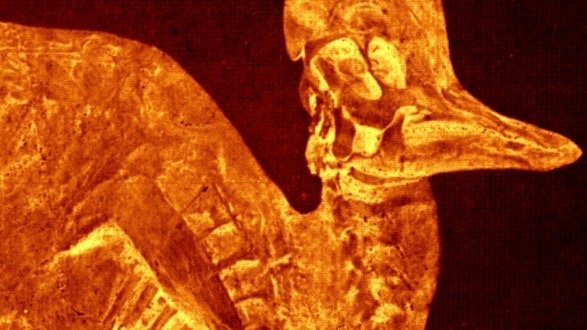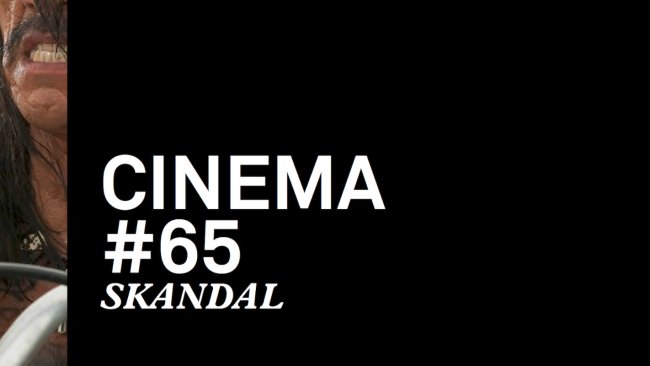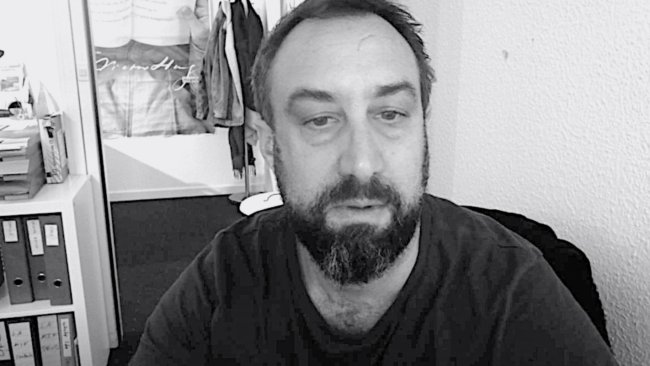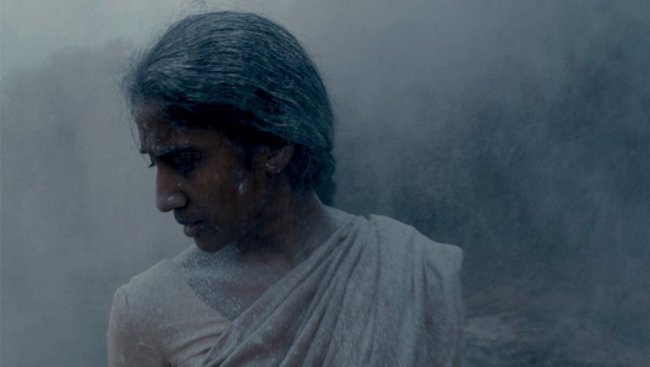Innocence of Memories
[…] This intricate puzzle of connections between the filmic, the curatorial, and the literary, is the very topic of Gee & Pamuk’s script of the movie. «Innocence of Memories» displays the images like a museum can display its objects, in the calm of Istanbul nights, stressing their evocative power, and inducing a contemplative attitude.
[…] Telling a story is like painting a natura morta. It is probably a way for Pamuk to guard against the aggressive transformations of Turkey – between Westernization and Islamization…
Text: Giuseppe Di Salvatore
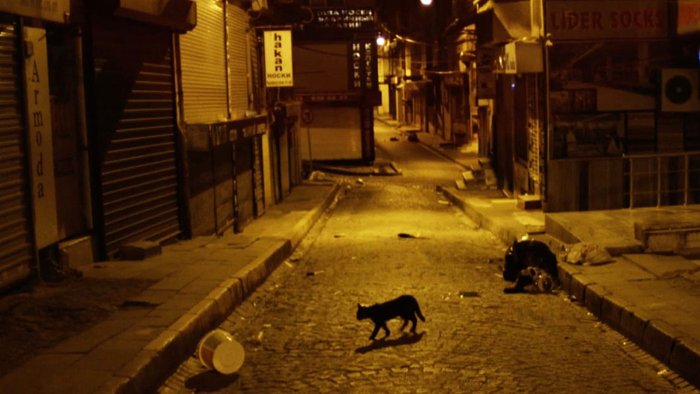
There is a book, Ohran Pamuk’s The Museum of Innocence (2008); then a real museum was realized by Pamuk himself in Istanbul in 2012; finally there is a movie, Grant Gee’s Innocence of Memories (2015). We discover that the idea of a museum came first to Pamuk’s mind: the idea of creating a museum of objects that could constitute Pamuk’s collection of memories of his Istanbul. And through Gee’s movie we understand how a specific cinematic world has preceded even the idea of such a museum. Gee’s movie is therefore the last link of a chain starting with the Istanbul film boom between the Fifties and the Seventies, the so called Yeşilçam era, which has build Pamuk’s experience and imagination, and influenced the story of Kemal and Füsun in his book. Actually, the very last link of this chain is the Historisches Museum Baden and its exhibition «Treffen der Dinge», as it was the museum to propose this Swiss premiere of the Innocence of Memories at Kino Orient in Wettingen as an ideal filmic extension of its reflection on the meaning and power of objects.
This intricate puzzle of connections between the filmic, the curatorial, and the literary, is the very topic of Gee & Pamuk’s script of the movie. Innocence of Memories displays the images like a museum can display its objects, in the calm of Istanbul nights, stressing their evocative power, and inducing a contemplative attitude. Even the complex layers of voice-over are recorded as if they were found objects, as if they came from a radio or a phone receiver. Ayla’s voice-over tracks down the memories of Füsun, and Pamuk’s voice: the memories of Kemal. It is a true love story that is told, where the truth of the memory and the fiction of the narration are finally impossible to disentangle. The story itself contains not only the love of Kemal and Füsun, but also, and more significantly, Kemal’s obsession with keeping memories of this love. The innocence of love (but can love really be innocent?) seems to be only the starting point, almost the pretext, upon which to build an entire world of memories, which are visible only in the exceptional quiet moments of the night, hidden from the daylight, from the violence of Turkish transformations.
Pamuk raises the question of the reality or fictionality of the memories, and the most interesting approach to this question is through the reflection about this necessity of the night and darkness in order to reveal the past. Pamuk’s insistent attention to his past combines with the need to avoid the daily Istanbul life and to focus on an Istanbul made of ruins. Life is invisible, whereas the natura morta is the main point of access to visibility. Kemal’s object fetishism, then, can be read as a way to make the invisible elements of life and living love visible, and as a fearful way to run from transformation, from change. The question of the past becomes the question of having, possessing, fixing something like love or innocence against the corruption of change. The visible, then, is against the flow of life, hidden in an almost surreal Istanbul by night. Here, the visible and fictional seem to go together, and both go together also with the memories. Telling a story is like painting a natura morta. It is probably a way for Pamuk to guard against the aggressive transformations of Turkey – between Westernization and Islamization…
If one follows this line of thought, one understands how Gee’s movie, which is apparently coincidental with Pamuk’s world, shows some elements that actually resist Pamuk’s philosophy. The first is Gee’s use of the camera. We are faced with a constant slow movement of the camera, that desperately tries to animate that natura morta. And the abundant use of fading images prevents us from “having” and contemplating the objects, as it creates a flow where it is impossible to fix something in place. Gee interprets the memories through the evocative and the indefinite, which becomes a frustrating movement for Pamuk’s need to fix the memories.
The second contrasting element concerns the location of Innocence of Memories. When the film finally discusses the happiness for a museum of memories, we hear Pamuk’s famous sentence from his book: «Real museums are places where time is transformed into space». For Pamuk, the narrative of stories would better escape its purely temporal destiny, and become tangible, fixed. What should the destiny of this movie be, then, if movies are temporal matter par excellence? In order to be “transformed into space”, it should probably find its form in a museum. Would Gee’s movie have to be “exhibited” in the Historisches Museum Baden? The projection in Kino Orient resists any attempt in adapting the film for an exhibition and remains a temporal experience – and that was probably what the Historisches Museum itself dared to do. Perhaps, it is only through writing, like mine here, that the work of memories and museums begin… But mine is a memory without innocence.
This article contains a third-party video. If you would like to watch the video, please adjust your settings.
Watch
ONLINE STREAMING (Switzerland) on Filmexplorer’s Choice by filmingo.ch
Info
Innocence of Memories | Film | Grant Gee | TUR-IRL-ITA 2015 | 97’
First published: May 19, 2016
